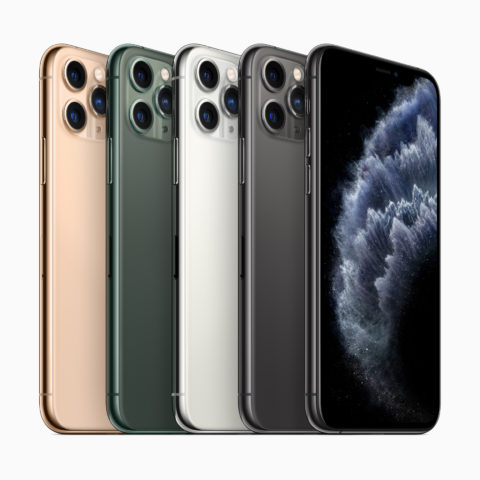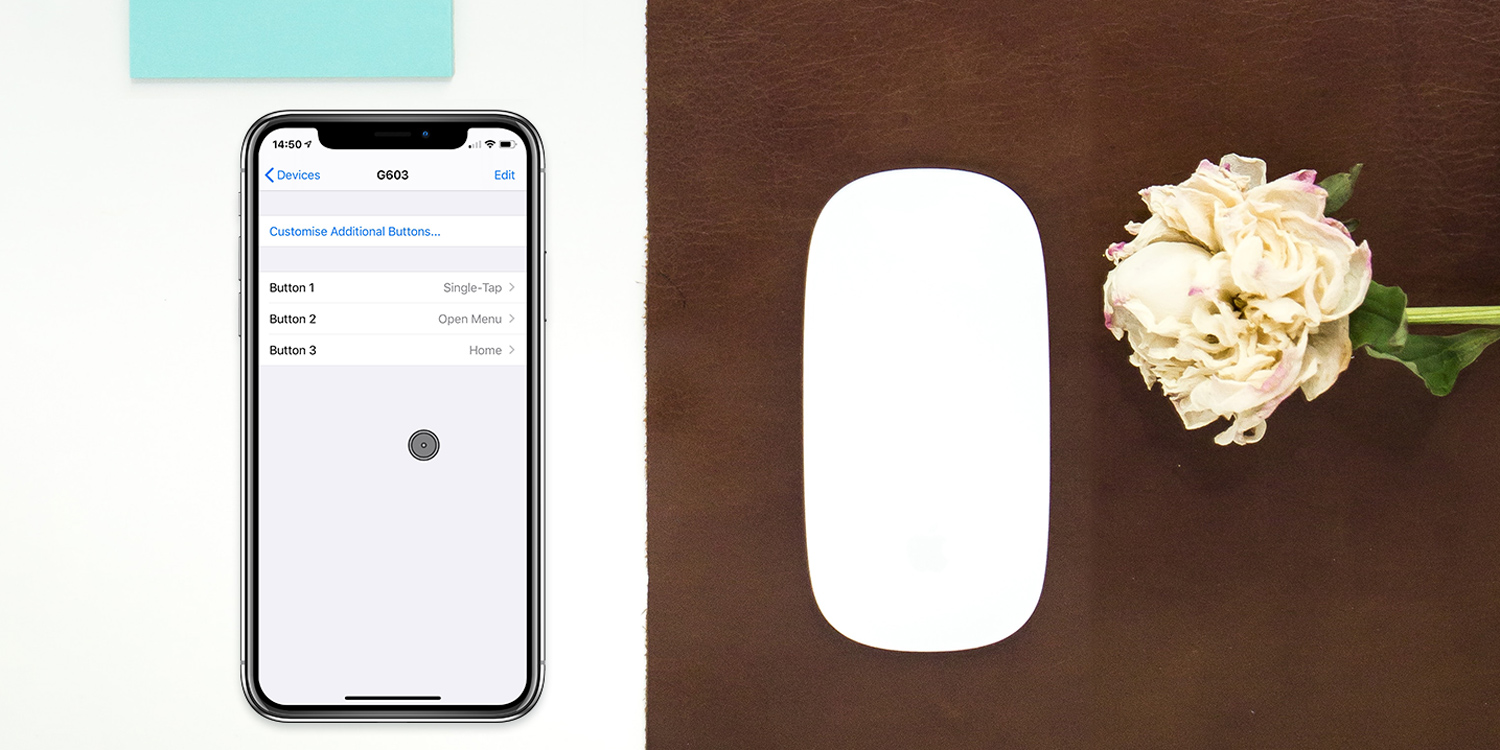Turning your iPad into a ‘proper’ computer is all well and good, but the iPhone needs cursor support too
From its earliest incarnation, the iPad has been a resolutely touchscreen device. But demand from users of all stripes — students; creatives; office workers — resulted in Apple finally unleashing a full-fledged cursor system in iPadOS 13.4.

This means you can now connect a mouse or trackpad to your iPad, and interact with apps much like you do on a PC or Mac. Only because you’re still using an iPad, the cursor has been reimagined: it ‘merges’ with on-screen buttons and content, and disappears entirely when left idle, thereby within seconds reverting your tablet to a pristine state of touchscreen purity.
App to the future
On seeing this system in action, people’s thoughts have again started to gravitate toward The Great Amalgamation — a point where iPad and Mac will become one. Apple argues this isn’t the plan, but there are other hints of such a possibility, such as iPad apps being routinely ported to Mac.
Depending on your own particular preferences, the idea of the Mac and iPad ‘merging’ may excite or fill you with horror. Personally, it makes me wish Apple would go further — I want Apple to bring all this technology to iPhone.
I understand that the notion of cursor support for iPhone might sound weird. No-one in their right mind is going to connect a trackpad and keyboard to a phone, and smash out a novel — even if they’re blessed with the relative screen acres of an iPhone 11 Pro Max. After all, phones are designed as handheld devices, for use in relatively fleeting moments.
Pocket computer
The thing is, how people use devices in the modern world continues to change. Often an iPhone is effectively someone’s main computer, used for hours every day. The real question is what’s needed to take that next step — for an iPhone to be your only computer.
From a power perspective, the iPhone is already there. Even the 2020 iPhone SE has the clout to run desktop-grade apps, since it’s powered by the same chip that’s inside the iPhone 11 line. We already have the apps — albeit in iPad form – they’d just need optimizing to also run on iPhone.

Beyond that, all we really need is some interface changes: the cursor coming across from iPad to iPhone, and full external display support. The latter of those would enable you to ‘dock’ an iPhone at home, and immediately use its apps (optimized) on a larger display.
At that point, your iPhone really could be your sole computer — a powerful desktop in the home and office, but one you can carry in a pocket when you’re on the move.

